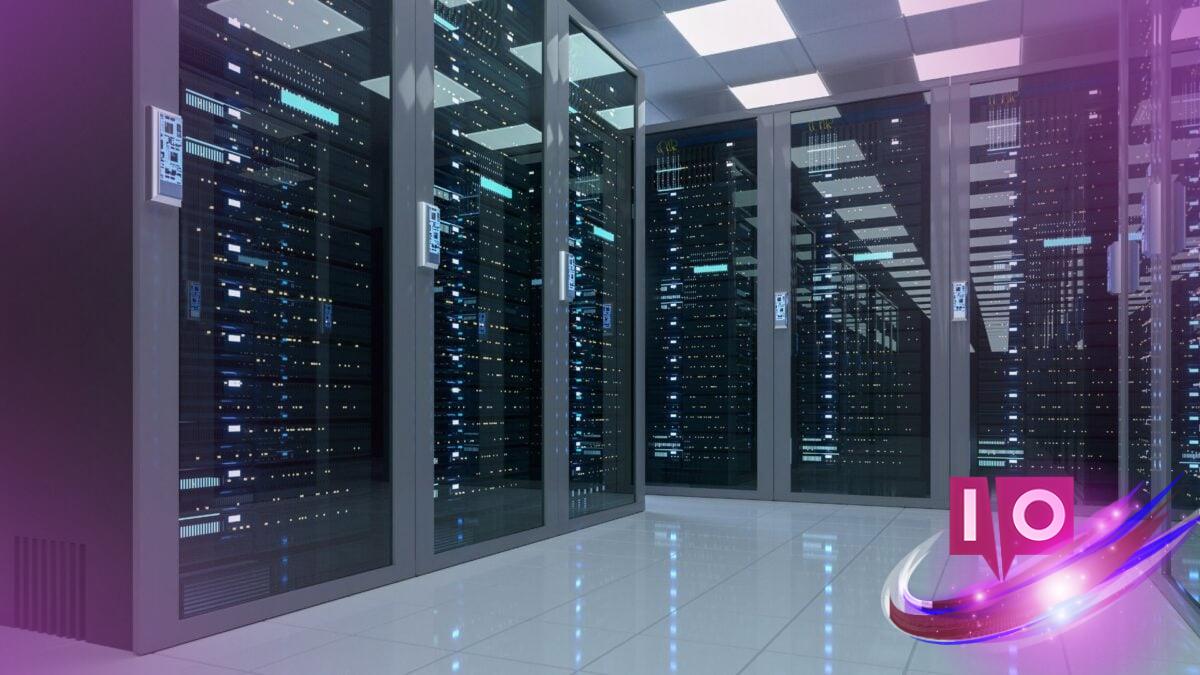Have you ever wondered what happens when data centers move into your town? It’s a mixed bag. Tech companies are investing trillions of dollars to build new data centers to sustain the rapid growth of AI technology. This means communities nationwide face the prospect of having new neighbors—neighbors that come with a mix of economic opportunity and potential challenges. According to a report by the Wall Street Journal, nearly three-quarters of all data center capacity in the U.S. is concentrated in just 33 of the nation’s 3,143 counties. As residents of these regions grapple with economic booms, many are beginning to question whether the benefits outweigh the risks of living next to a large facility dedicated to computing power.
This investment in selective locales has birthed modern Boomtowns, particularly in areas that have endured economic downturns from the loss of other industries. For example, Umatilla County in Washington has seen a dramatic influx of workers and capital, with the city’s annual budget skyrocketing from around $7 million in 2011 to a projected $144 million in 2024, largely due to Amazon’s construction of a data center hub.
Amazon’s investments have even touched local education, funding new robotics and tech programs in high schools. With home construction and sales shooting up, local businesses such as restaurants and bars are benefitting from an influx of new customers. Similar trends are observable in other parts of the U.S., like Richland Parish, Louisiana, where Meta is launching a $10 billion data center project. Meanwhile, Washtenaw, Michigan is preparing for a substantial investment as OpenAI and Oracle establish a data center that will represent the largest state investment ever.
What are the downsides of these data centers? One major issue is the housing market. Umatilla County has faced home prices that have doubled, a shift that benefits those fortunate to be part of the tech industry but leaves many current residents struggling. According to a report by the Hermiston Herald, despite record-setting housing developments, there is still a significant shortage of homes to accommodate the growing population. Some cities are even extending loans to developers to expedite building—an optimistic gamble on future growth.
In addition to housing challenges, local governments are making substantial bets by offering significant tax incentives to attract these companies. Umatilla County, for instance, has given Amazon a total 15-year exemption from property taxes, a trend that is present in various communities across the country. These tax breaks amount to about $6 billion in exemptions over the past five years, as reported by CNBC. However, a recent study from the University of Michigan highlights that these incentives provide far greater benefits to corporations than to the communities themselves, leading to potential long-term financial drawbacks.
While construction of these centers can proffer local economic booms, life post-construction can present its own unique hurdles. A report from the New York Times detailed how communities, such as Newton County, Georgia, faced water shortages as a consequence of increased demand from new data centers. These facilities often depend on a continued reliance on fossil fuel power, exposing inhabitants to environmental health risks associated with burning coal and natural gas. In fact, recent data from Bloomberg indicates areas near these operations have seen a staggering rise in electricity prices, spiking up to 267% compared to five years ago.
Considering these mounting pressures, many communities are voicing their concerns over proposed data center projects. For example, residents in Tucson, Arizona, successfully opposed a major data center project in August. Similar pushbacks have occurred in areas like Racine County, Wisconsin, College Station, Texas, and Indianapolis, Indiana. As reported by Data Center Watch, over $64 billion worth of projects have been delayed or blocked due to local resistance.
Big tech firms are acutely aware of the complexities involved in setting up these facilities. “Nobody really wants a data center in their backyard,” said Lyndi Stone, Principal Corporate Counsel at Microsoft, during a recent webinar. “Data centers, once operational, do not generate a lot of jobs for the local community. Most employment occurs during construction, and thus, the ongoing community benefits can be quite limited.”
What are the potential economic impacts of building a data center in a small town? Realistically, while initial investment can boost local economies, the long-term effects may show a more complex picture, with property values and local infrastructure costs climbing sharply. Will there be enough jobs for locals post-launch? The construction phase offers temporary employment, but the operational phase is usually not labor-intensive.
Can data centers lead to a housing crisis in small towns? Yes, the rapid influx of new residents driven by tech industry jobs can result in skyrocketing home prices and a shortage of affordable housing options for longtime residents.
What environmental concerns are associated with new data centers? Data centers can exacerbate local water shortages and increase reliance on fossil fuels, leading to higher energy costs and environmental health risks for nearby communities.
In conclusion, the arrival of data centers presents both opportunities and challenges for small towns. While they can spur economic growth, they also raise questions about housing affordability, community resources, and environmental impacts. As you explore these issues further, consider the nuanced implications of tech investments in your community. For more insights, feel free to check out Moyens I/O for related content.
